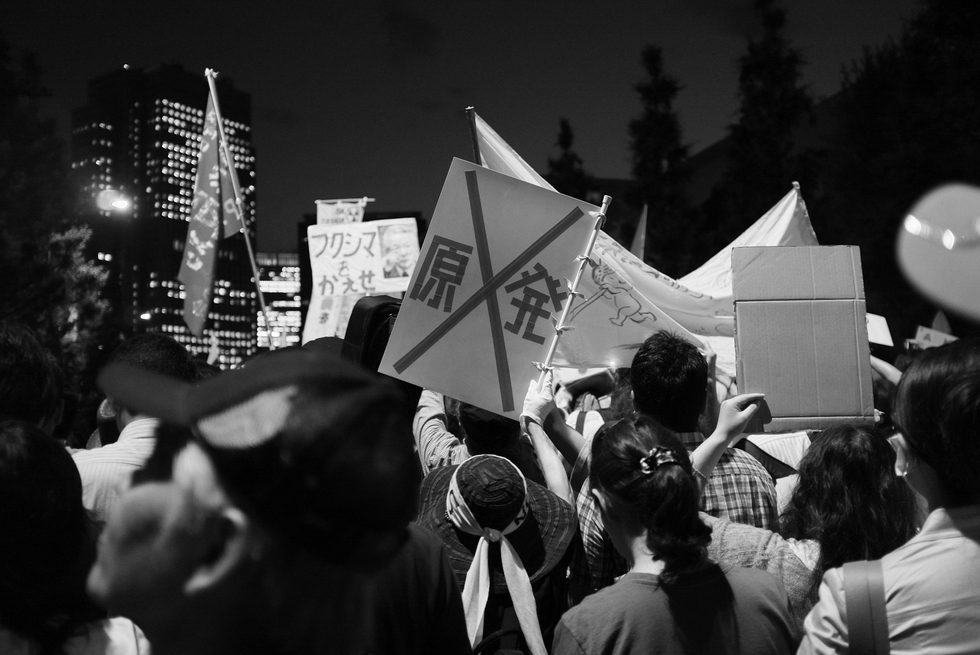Reterritorialization of the Nuclear Village
From the Series: 3.11 Politics in Disaster Japan: Ten Years Later
From the Series: 3.11 Politics in Disaster Japan: Ten Years Later

The dispersal of radiation did not produce the sort of death or illness that many feared, although the long-term effects of radiation are still largely unknown. When we published the original Hot Spots series in July 2011, the panic of radiation was everywhere. It was clear then that this sort of radiation could not be controlled, and risk of contamination could not be “managed.” Moreover, it become evident that Japan lacked the technical ability and the political will to even document, measure, or know the spread and intensity of full fallout, and many in the affected areas saw this as a refusal to fully inform those in the affected areas of the risks. This forced government-mandated displacement near the reactors and “voluntary evacuation” of many more. As of April 2021, the ripping apart of land and capital, families and kinship has left more than 41,000 people still classified as evacuees, with 23,000 unable to return to their homes around the Fukushima nuclear plant.
Some had thought that the deterritorialization effects of radiation, its refusal to be contained, would tear through the institutionalized venality of the “Nuclear Village” (原子力ムラ), the interlocking structures of complicity of nuclear utilities, private vendor, Diet members, along with the financial, media and academic advocates. Surely, such a cataclysmic event would interrupt the circuits of capital that made everyone rich at the cost of farmers, fishermen, housewives, and children. Despite a court ruling as recently as 2020, probably the most often cited culprit of the disaster was Japanese Culture; the former Tepco executives were found not guilty of any criminal negligence. In 2015, the Japanese Nuclear Regulation Authority (NRA) had been allowing reactors to go back online, and just the other day (April 14, 2021), the government approved the dumping of waste water from the crippled Fukushima Daiichi into the sea. As Prime Minister Suga explained that the disposal is “unavoidable,” the Nuclear Village is being reassembled piece by piece.
Read David H. Slater’s essay “Neoliberal Radio/Activity and Contagion,” published July 26, 2011.